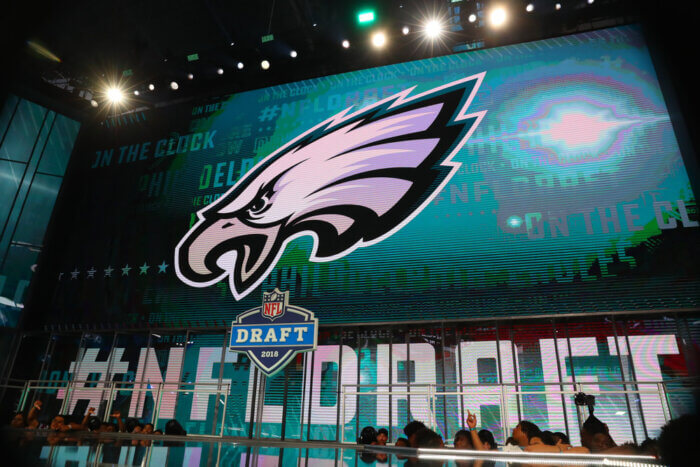Meet “JIMBO.”
His name is crookedly splattered on everything from mailboxes to metal grates mostly in the Port Richmond/Fishtown/Kensington area.
And the locals want his spray can.
“It’s annoying,” said Chris Lyons, the 27-year-old tweeting from the @PortRichmondPHL handle. Lyons moved to Port Richmond two years ago and he wants to help revive his neighborhood. And people like JIMBO are standing in the way.
“These neighborhoods, Fishtown especially and Port Richmond hopefully, are getting some good things going on and making some changes for the better,” Lyons said. “And it’s a shame to see somebody continuously bringing everything down.”
Lyons tries to use Twitter as a weapon. Posting pictures of fresh graffiti to try and raise awareness and curb unnecessary destruction in the river wards.
“It’s not just JIMBO,” he said. “It’s upsetting. It’s disrespectful of other people’s property and other people’s time and money, too
No one has caught JIMBO in the act but locals call for an end. Not just for his handiwork along the river wards, but because of what he represents: unsightly stains tarnishing a vibrant area.
In sociology, the broken-windows theory holds that if a neighborhood or city doesn’t fix its broken windows and graffiti, the environment will continue to descend into crime, chaos and violence, according to reports.
“You solve some of the smaller problems,” said Tom Conway, city deputy managing director. “Then we solve some of the bigger ones.”
Conway is also head of Anti-Graffiti Network. He said there is “always going be a problem with graffiti in the city,” he said.
“And the best we can do is maintain it,” he said. “Our biggest deterrent is the quickest removal of the graffiti vandalism.”
Michael Ryan, a graffiti admirer, sees JIMBO’s trademark all over the city. He said there is a blurry line between art and destruction.
“Sometimes I think that it’s a different, emerging form of art,” he said, “Other times you can see it hitting closer to home.”
To catch a tagger
To catch a destructive spray painter, the city isolates one tagger at a time, officials said. Their work is documented as crews remove them, and police follow the trail.
Once caught, the city estimates the cost to clean the graffiti and hands the tagger a bill.
One tagger recently caught was handed a hefty bill.
“We’re talking about tens of thousands of dollars in destruction,” Conway said.
Graffiti vs. art
Tom Conway said graffiti is a big problem in the river wards, but he thinks many aren’t offended.
“The hipsters are there,” he said. “I think a lot of times people are more tolerant of graffiti vandalism if they are more artistic.”
Different neighborhoods stomach different expressions. In certain areas, what Conway calls “pieces,” are considered artistic. These usually consist of a name in several different colors in an elaborate display.
“When you look at that, they do have some kind of artistic talent,” he said. “But that would not be tolerated in other sections of the city.”
But don’t confuse those with JIMBO’s kind.
“Now, tagging on the other hand, that’s just plain destruction,” Conway said. “There’s not artistic talent whatsoever with a tagger. He’s just being destructive and writing his name as many places as he can. … and that’s where we focus a lot of our attention on.”
By the numbers
123,000:The number of properties the city cleaned graffiti off of last year.
A graffiti admirer
Michael Ryan has heard interviews where taggers say they won’t touch schools, residences, public buildings, buses, or other public transportation.
Others will only touch abandoned lots and buildings in decay.
“And I can see a little bit more of the logic in that,” Ryan said. “Kind of beautifying something that’s not being paid any attention to begin with anyway.”































